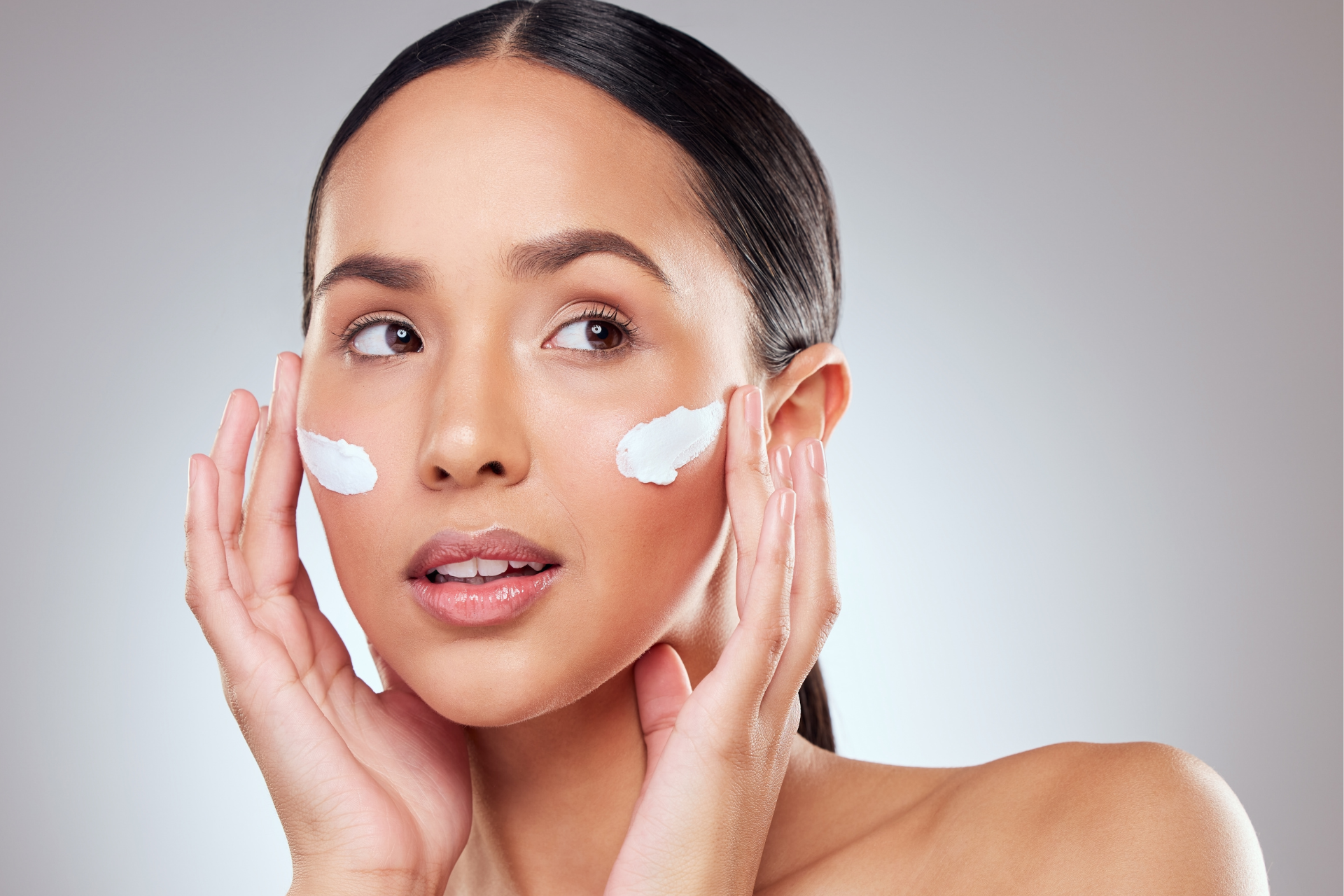The Best Skincare Routine for Sensitive Skin

Introduction:
Sensitive skin requires special care and attention to keep it healthy and glowing. With the right skincare routine, you can effectively manage and soothe your sensitive skin while addressing any specific concerns you may have. At Fall Creek Skin and Health Clinic, we understand the unique needs of those with sensitive skin and are here to guide you on the best practices to maintain a healthy complexion. In this blog post, we will explore the ideal skincare routine for sensitive skin that is both gentle and effective.
Understanding Sensitive Skin:
Before delving into the skincare routine, it is essential to understand what sensitive skin entails. Sensitive skin is characterized by a heightened response to environmental factors, allergens, and certain skincare products. Individuals with sensitive skin often experience redness, irritation, dryness, and tightness, making it essential to choose products that are gentle and free of potential irritants.
The Best Skincare Routine for Sensitive Skin:
1. Gentle Cleansing:
The foundation of any skincare routine is cleansing. For those with sensitive skin, opt for a gentle, non-abrasive cleanser that is free of harsh chemicals and fragrances. Look for products with soothing ingredients like aloe vera, chamomile, or oat extract. Avoid hot water and harsh scrubbing, as these can further irritate sensitive skin.
2. Hydration is Key:
After cleansing, it is crucial to hydrate your skin to maintain its moisture balance. Choose a lightweight, non-comedogenic moisturizer that is specifically formulated for sensitive skin. Ingredients like hyaluronic acid and ceramides can help hydrate and strengthen the skin barrier without causing irritation.
3. Sun Protection:
Protecting your skin from harmful UV rays is essential, especially for those with sensitive skin. Opt for a broad-spectrum sunscreen with a high SPF that is designed for sensitive skin. Look for physical blockers like zinc oxide and titanium dioxide, as these are less likely to cause irritation compared to chemical sunscreens.
4. Gentle Exfoliation:
Exfoliation helps to remove dead skin cells and promote cell turnover, but for sensitive skin, it is crucial to do so gently. Choose a mild exfoliant with gentle ingredients like fruit enzymes or rice powder. Limit exfoliation to 1-2 times a week to prevent over-exfoliation and irritation.
5. Patch Test New Products:
When introducing new skincare products into your routine, always perform a patch test to ensure they are compatible with your sensitive skin. Apply a small amount of the product to a discreet area of your skin and wait 24 hours to observe any potential reactions before using it on your face.
6. Seek Professional Advice:
If you are struggling to manage your sensitive skin or experiencing persistent issues, do not hesitate to seek professional advice from a dermatologist or skincare expert. They can provide personalized recommendations and treatment options to address your specific concerns.
Conclusion:
Taking care of sensitive skin requires a gentle and tailored approach to ensure that your skin remains healthy and radiant. By following the recommended skincare routine and choosing suitable products for sensitive skin, you can effectively manage any issues while maintaining a glowing complexion. At Fall Creek Skin and Health Clinic, we are dedicated to helping individuals with sensitive skin achieve optimal skin health. Embrace the best practices outlined in this blog post to care for your sensitive skin and enjoy a healthy, happy complexion.



Need Our Services?
Book a free consultation

Our promise is to offer high-quality medical attention at a fair price in a clean, friendly, and professional environment.
QUICK LINKS
BUSINESS HOURS
- Mon - Thu
- -
- Friday
- -
- Saturday
- Appointment Only
- Sunday
- Closed
All Rights Reserved | Fall Creek Skin and Health Clinic |
